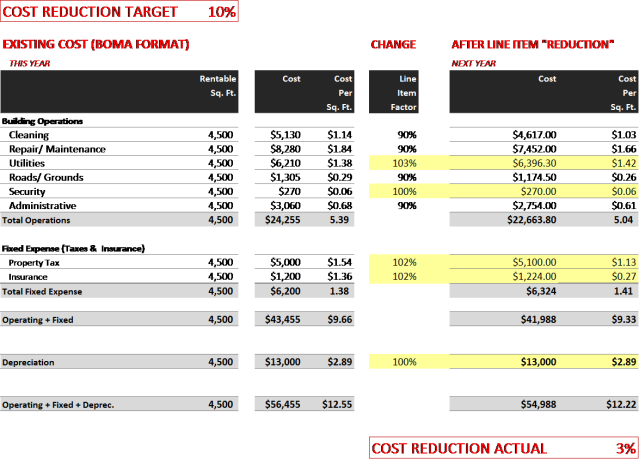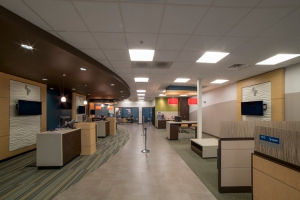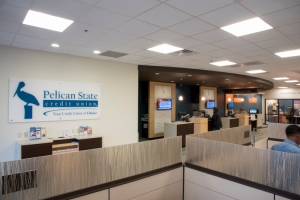Builder’s Risk Insurance 102
We never want something to go wrong with your construction project. But if it does, we want you to know how you’re covered. Below are 7 examples of things that might go wrong, and which insurance it falls under:
 I’m building out the 7th floor of an 8-story building. There was a fire on the 8th story and I sustained water damage due to putting the fire out. Is this a Builder’s Risk claim?
I’m building out the 7th floor of an 8-story building. There was a fire on the 8th story and I sustained water damage due to putting the fire out. Is this a Builder’s Risk claim?
(A) Yes, for the damage on the 7th floor.
- I’m building out the 7th floor of an 8-story building. My HVAC subcontractor crossed wires which started a fire and caused damage both to our project and the 8th floor of the building. Is this a Builder’s Risk claim?
(A) This would be a Builder’s Risk claim (for the 7th floor only) and a General Liability claim.
- I’m building out the 7th floor of an 8-story building and all of my copper wiring stored on site has been stolen. Is this a Builder’s Risk claim?
(A) Yes, provided the area was kept locked and reasonably secure. However, you need to check the limits and sub-limits on the Builder’s Risk policy to know how much would be covered and what the deductible would be.
- I’m building out the 7th floor of an 8-story building and all of my copper wiring stored in a storage unit off site has been stolen. Is this a Builder’s Risk claim?
(A) Yes, but there must be proof with accounting invoices that the copper was slated for this project to be claimed on this Builder’s Risk policy.
- I’m building out the 7th floor of an 8-story building and the workmanship of one of the subcontractors is shoddy and needs to be replaced. Is this a Builder’s Risk claim?
(A) No. Workmanship issues would come under a Performance Bond. Or it may fall under “Rip & Tear” coverage of a General Liability policy, but only if it was written into the insurance policy (the coverage doesn’t come standard). The workmanship problem would have to be failing to meet specifications and/or industry standards to qualify and cannot just be purely cosmetic issues.
- I’m building out half of the 7th floor of an 8-story building and a fire occurred in the side of the 7th floor that is not under construction. Is this a
 Builder’s Risk claim?
Builder’s Risk claim?
(A) This depends on how the policy was set up at the beginning of constru
ction, and why it is so important to set up the insurances properly so there won’t be any gaps in coverage. Sometimes an Owner may ask that the Builder’s Risk policy covers adjacent areas to the project, in which case you would have to look into limits and sub-limits. However, sometimes the Owner will have these areas covered by property insurance instead and the Builder’s Risk will cover only the work being done.
- I’m building out the 7th floor of an 8-story building and received substantial completion yesterday. However, I still have some minor materials stored for punch list items, which have been stolen. Is this a Builder’s Risk claim?
(A) It’s possible. At times the Owner/Contractor agreements are written so that the insurance passes over to the Owner at the end of substantial completion, which means this could now be under the Owner’s Property Insurance policy. However, if there are a significant amount of materials still on site, a good Contractor would still carry their Builder’s Risk insurance on those punch list materials until they are in place. Some Owner/Contractor agreements state that insurance will be covered until final payment for the work (the default language in the AIA A201-2007 Article 11), which would not have happened with outstanding punch list items, so check your contracts for this one.


 whether the materials are on site, in storage, or in transit – but it does not cover “soft costs” (costs which are not considered direct construction costs, such as financing, legal fees, interest, etc.).
whether the materials are on site, in storage, or in transit – but it does not cover “soft costs” (costs which are not considered direct construction costs, such as financing, legal fees, interest, etc.). However, if the project is not covered by property insurance, but is a renovation located in a larger structure, it is important to figure out if everything is covered between both policies. The last thing anyone wants is to have damage to a building during an ongoing renovation and find out that neither insurance will cover the loss because of gaps between the policies.
However, if the project is not covered by property insurance, but is a renovation located in a larger structure, it is important to figure out if everything is covered between both policies. The last thing anyone wants is to have damage to a building during an ongoing renovation and find out that neither insurance will cover the loss because of gaps between the policies.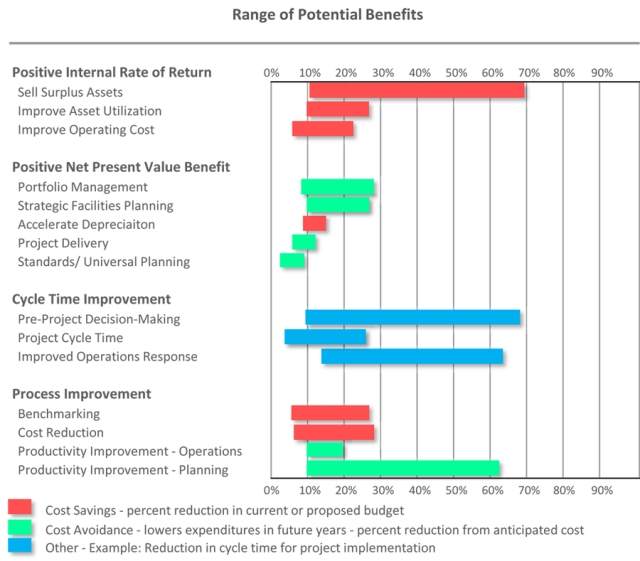

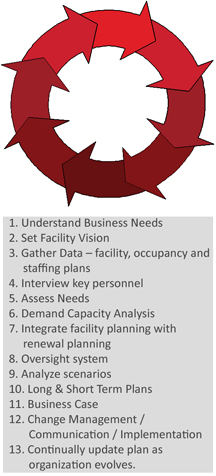 A Strategic Facilities Plan is the link between business strategies and real estate strategies. A recent study in the Journal of Corporate Real Estate indicates that even the best real estate databases do not support high-level portfolio decision making. Developing a knowledge management system for a real estate portfolio that is integrated with management decision-making starts with the development of a Strategic Facilities Plan.
A Strategic Facilities Plan is the link between business strategies and real estate strategies. A recent study in the Journal of Corporate Real Estate indicates that even the best real estate databases do not support high-level portfolio decision making. Developing a knowledge management system for a real estate portfolio that is integrated with management decision-making starts with the development of a Strategic Facilities Plan. Years ago, we were involved in a very interesting process – “Daily Parking Lot Surveys.” What we found was that on the first two working days of the year, parking lots were 100% occupied and there was 100% attendance at work.
Years ago, we were involved in a very interesting process – “Daily Parking Lot Surveys.” What we found was that on the first two working days of the year, parking lots were 100% occupied and there was 100% attendance at work.

